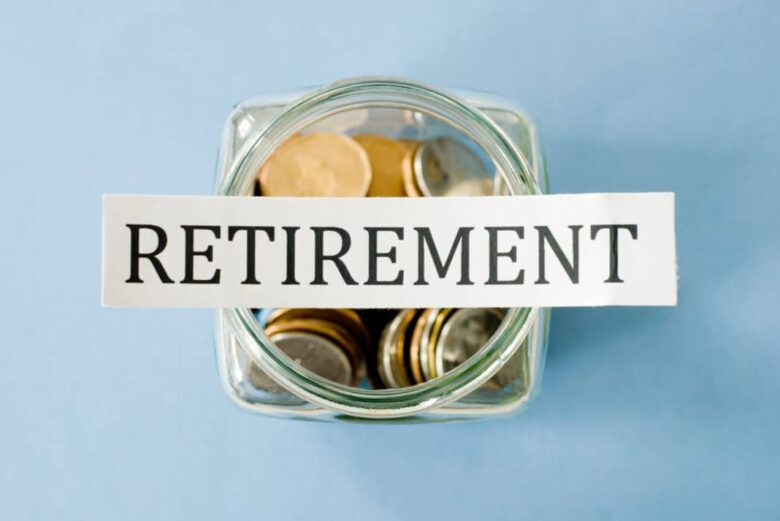As you approach retirement, your portfolio needs to transition from growth potential to providing a steady income stream. To minimize sequence of returns risk – where rapid market declines force you to access assets at depressed prices early on in retirement – and avoid potential sequence of returns risk as much as possible. To safeguard your retirement savings, take a holistic approach to retirement planning.
1. Diversification
Investing all of your savings in a single asset class is highly risky. Concentrating all your investment funds in stocks exposes them to market fluctuations that could significantly erode savings; conversely, depending solely on bonds leaves them exposed to interest rate risks, which reduce growth potential and hamper it.
Diversifying can decrease both overall investment risk and return potential by selecting assets with low correlation to one another that move independently of each other and can act as buffers against portfolio declines. But beware: falling into the “chasing returns” mentality by overweighting top-performing asset classes may end up backfiring.
2. Growth
Retirement requires growth from both your savings and investments to meet income needs, but growth alone may not suffice if you need to tap them out later in life. Income must come from both sources for best results.
Making regular, dependable withdrawals from investment accounts is one way to extend the longevity of your savings. Doing this reduces the risk of steep market downturns depleting assets too quickly, giving less time for recovery from them. Large withdrawals from investments may increase your exposure to short-term market risks. Therefore, investing in fixed income alternatives such as annuities or TIPS that aim to protect principal could be helpful.
3. Income
If you intend to withdraw from your nest egg in retirement, a carefully considered strategy to generate income will be essential. The ideal retirement investment options provide steady streams of income that will allow you to meet rising living costs while protecting financial security.
If your non-investment income (Social Security, pension, or part-time job) can cover most of your expenses, taking more risks with your investments may allow for faster growth. A total return approach, consisting of diversifying your portfolio and making systematic withdrawals, may provide sufficient retirement income. As another option, dividend stock strategies offer both income and potential capital appreciation.
4. Taxes
Once you reach retirement age, your savings must become an income source that covers living expenses – this may require taking on greater investment risks.
An investment strategy that balances growth with income generation could be ideal during this phase. For example, investing in dividend-paying stocks offers retirees both steady streams of income and potential for capital appreciation. Government bonds, such as Treasury bills, notes, and bonds, offer lower returns than stocks but less risk, making them an excellent investment choice for retirees who prioritize capital preservation while seeking a steady source of income.
5. Insurance
Costly mutual funds and investments may reduce returns significantly; search for lower-fee alternatives. If you own a defined-contribution plan, explore ways of lowering fees. A wonderful place to begin this exploration would be in reviewing your 401(k) plan disclosure document, which should outline all expenses you are currently incurring.
Take into account alternatives to IRAs and workplace retirement plans, like SEP IRAs for regular employees or solo 401(k)s for independent contractors. Both offer higher contribution limits with the potential for tax-advantaged income streams during retirement. Similarly, income annuities provide lifetime guaranteed income streams.
6. Longevity
Longer lifespans make planning for retirement essential, so using investment strategies that reduce volatility and provide income is essential in making sure funds in your retirement portfolio last for as long as possible.
But investing too conservatively can limit your savings’ potential and lead to asset depletion as a result of outliving expectations and inflation. To reduce this risk, investors should use a flexible investment approach that balances stocks and income-generating assets equally; also, stable value funds and single premium immediate annuities can provide extra safety during market declines.
7. Inflation
Your retirement savings should last you for decades, yet inflation could reduce its purchasing power in future years. To combat inflation and protect yourself, your investments must grow faster than your spending.
Certain asset classes perform better during inflationary times, including income-producing equities and real assets like gold and real estate. Others can offer both income and capital appreciation; examples include bonds that pay dividends or policies with annuitization options that let you convert your cash value to an annuity policy. One way to fight inflation is by investing in companies offering consumer staples with strong brand recognition that don’t require much capital investment, such as consumer staples.
8. Taxes
As you approach retirement, the same strategies that helped you build up a significant nest egg must adapt to meet new goals. One approach may be using a total return portfolio made up of stocks and bonds in an attempt to maximize long-term returns while mitigating return sequence risk.
Fixed income annuities provide a steady source of cash flow in retirement, enabling you to hedge against market fluctuations and inflation while protecting your savings from market instability and inflation. However, they come with fees and restrictions on accessing principal, which should be carefully evaluated before making your purchase decision.
9. Social Security
An early retirement strategy may be within your grasp with consistent savings, diversification, and guidance from professional advisors like those provided by Northwestern Mutual financial advisors. They can help create a plan that takes into account Social Security claiming options as well as sources of income during retirement, like permanent life insurance policies.
Treasury bills, notes, and bonds are considered safer investments than stocks due to being backed by the federal government; however, their yields tend to be lower compared with other investments. A dividend stock strategy offers retirees a steady source of income while providing opportunities for growth; similarly, a Roth IRA or 401(k) provides another tax-efficient method of saving for retirement.




